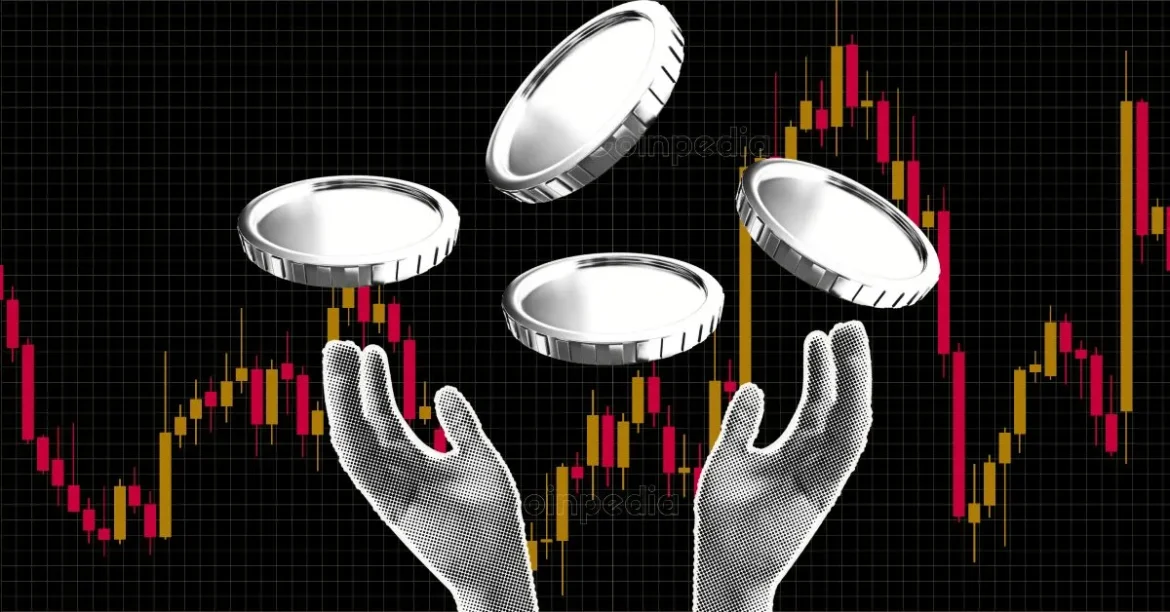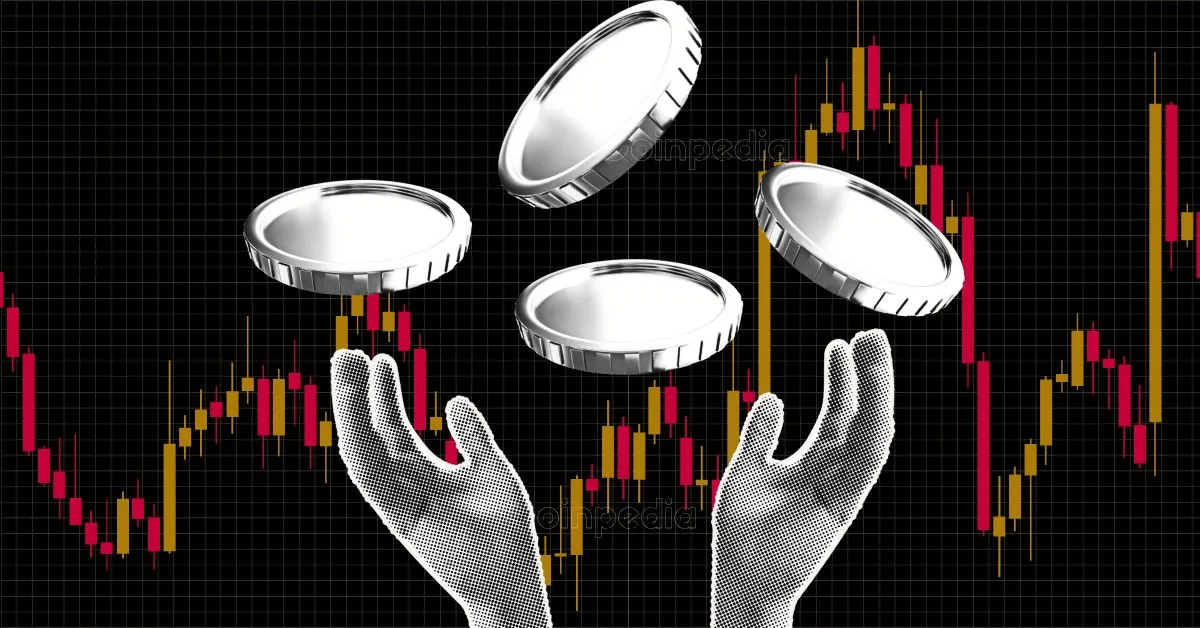The Altcoin Race to 2026: Cardano, Solana, and Emerging Contenders
The cryptocurrency landscape is in constant flux, with investors continually seeking the next altcoin poised for explosive growth. Currently, Cardano (ADA) and Solana (SOL) stand as prominent contenders, frequently debated for their potential to deliver substantial returns by 2026. However, a growing narrative suggests that other altcoins may emerge to challenge their dominance, potentially even surpassing them in the race to define the future of decentralized finance. This analysis delves into the strengths and weaknesses of Cardano and Solana, examines the emerging competition, and assesses the factors that could determine which altcoin ultimately “explodes” by 2026.
Cardano: The Measured Approach
Cardano has consistently positioned itself as a scientifically-driven blockchain platform, emphasizing peer-reviewed research and a layered architectural approach. This focus on foundational security and long-term sustainability resonates with a segment of the crypto community. Price predictions for Cardano vary, but a common expectation is a significant increase from its current trading price of around $0.60. Some analysts, like Alex Becker, predict a 5x-8x return, while others suggest a price of $5 by the end of the year, supported by technical indicators showing a support level between $0.78 and $0.82.
The strength of Cardano lies in its meticulous development process and commitment to formal verification. Its Ouroboros Proof-of-Stake (PoS) consensus mechanism is lauded for its energy efficiency. Recent positive developments, including a surge in price following Donald Trump’s mention of ADA for a U.S. strategic crypto reserve, demonstrate growing institutional interest. However, Cardano’s deliberate pace of development has also been a point of criticism, with some arguing it has been slower to market compared to competitors.
Solana: Speed and Momentum
Solana, in contrast to Cardano’s methodical approach, prioritizes high-speed transaction processing and scalability. This has attracted a vibrant ecosystem of decentralized applications (dApps), particularly in the areas of Decentralized Finance (DeFi) and Non-Fungible Tokens (NFTs). Solana’s momentum is undeniable, evidenced by its ability to handle a significant portion of all crypto traffic during peak periods.
Analysts are optimistic about Solana’s future, with predictions ranging from a potential ETF approval by 2025 (with a 91% probability, compared to Cardano’s 67%) to a long-term price surge reaching $1,531.03 by 2030. Technical analysis highlights a “cup and handle” pattern, a bullish indicator suggesting a potential breakout. However, Solana has faced challenges related to network stability and occasional outages, raising concerns about its reliability.
The Rising Tide of Competition
While Cardano and Solana are currently at the forefront of the altcoin conversation, a growing number of projects are vying for attention and potential dominance. Several emerging altcoins are being touted as potential disruptors, capable of surpassing both ADA and SOL by 2026.
- Aptos (APT), Hedera (HBAR): These are highlighted as potential “hidden gems” that could deliver substantial returns during the next bull run.
- Rollblock: This project is gaining traction as a potential competitor, particularly due to its innovative features and potential to disrupt the online casino industry.
- MAGACOIN FINANCE: Positioned as offering early access and significant potential, it’s attracting attention from investors seeking high-growth opportunities.
- $SOLX, $SUBBD, $PEPEX: These new crypto projects are being identified as potential contenders alongside XRP, Cardano, and Solana.
- BlockDAG: Frequently mentioned alongside established players like TRON, Solana, and Cardano, BlockDAG is gaining recognition for its real-world use cases and strong network.
- XRP: Despite past regulatory hurdles, XRP continues to be a significant player, with analysts including it in discussions about potential market dominance.
The emergence of these contenders underscores a shift in the altcoin landscape, suggesting that the race for dominance is far from settled.
Nasdaq’s Crypto Index and Institutional Adoption
A significant development influencing the altcoin market is the Nasdaq’s proposal to add XRP, Solana, and Cardano to its Crypto Index. This inclusion signals a major shift in institutional recognition and could drive increased investment into these assets. The potential for ETF approvals, particularly for Solana, further reinforces this trend. Institutional adoption is a critical factor in determining long-term growth, as it brings increased liquidity, stability, and legitimacy to the crypto market.
The Role of AI and Market Sentiment
Artificial Intelligence (AI) is also playing a role in predicting future price movements. Claude, a leading AI model, has offered price predictions for XRP, Cardano, and Solana, reflecting the growing influence of AI-driven analysis in the crypto space. Market sentiment, fueled by news events, social media trends, and overall economic conditions, remains a powerful force. Positive news, such as favorable regulatory developments or successful project launches, can trigger significant price surges, while negative news can lead to market corrections.
The $100 to $100K Potential: Identifying High-Growth Opportunities
The prospect of turning a small investment into a substantial fortune is a major driver of interest in the altcoin market. Several projects are being identified as having the potential to deliver exponential returns. One altcoin, currently trading under $0.06, is being touted as a potential 12x investment by 2026, positioning itself as a potentially better bet than Solana and Cardano. The comparison to Ripple (XRP)’s early gains is being used to illustrate the potential for rapid appreciation.
Conclusion: Navigating the Altcoin Landscape
The altcoin market presents a complex and dynamic investment landscape. While Cardano and Solana remain strong contenders, their paths to dominance are not guaranteed. Solana’s speed and momentum are countered by concerns about network stability, while Cardano’s methodical approach may be perceived as slow by some.
The emergence of new projects, coupled with increasing institutional adoption and the influence of AI-driven analysis, suggests that the altcoin landscape is poised for significant disruption. The key to success lies in identifying projects with strong fundamentals, innovative technology, and a clear path to adoption.
Ultimately, the altcoin that “explodes” by 2026 will likely be the one that effectively addresses the evolving needs of the decentralized finance ecosystem, captures the imagination of investors, and demonstrates a sustained ability to deliver value. The race is on, and the next few years will be crucial in determining which altcoin will rise to the top.





